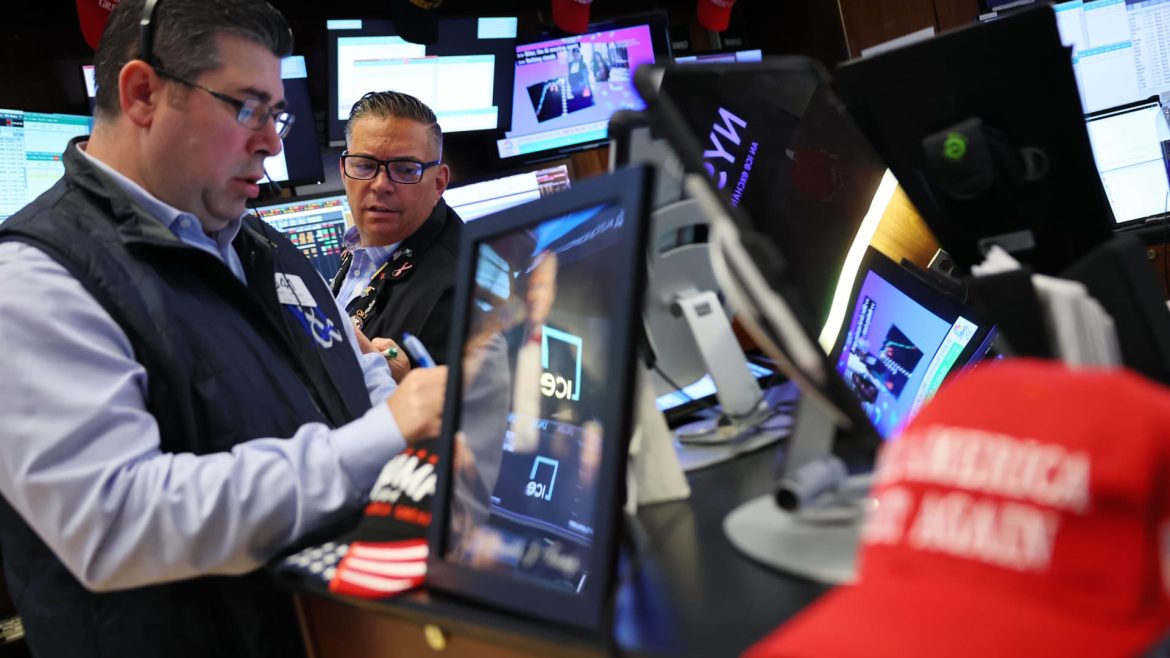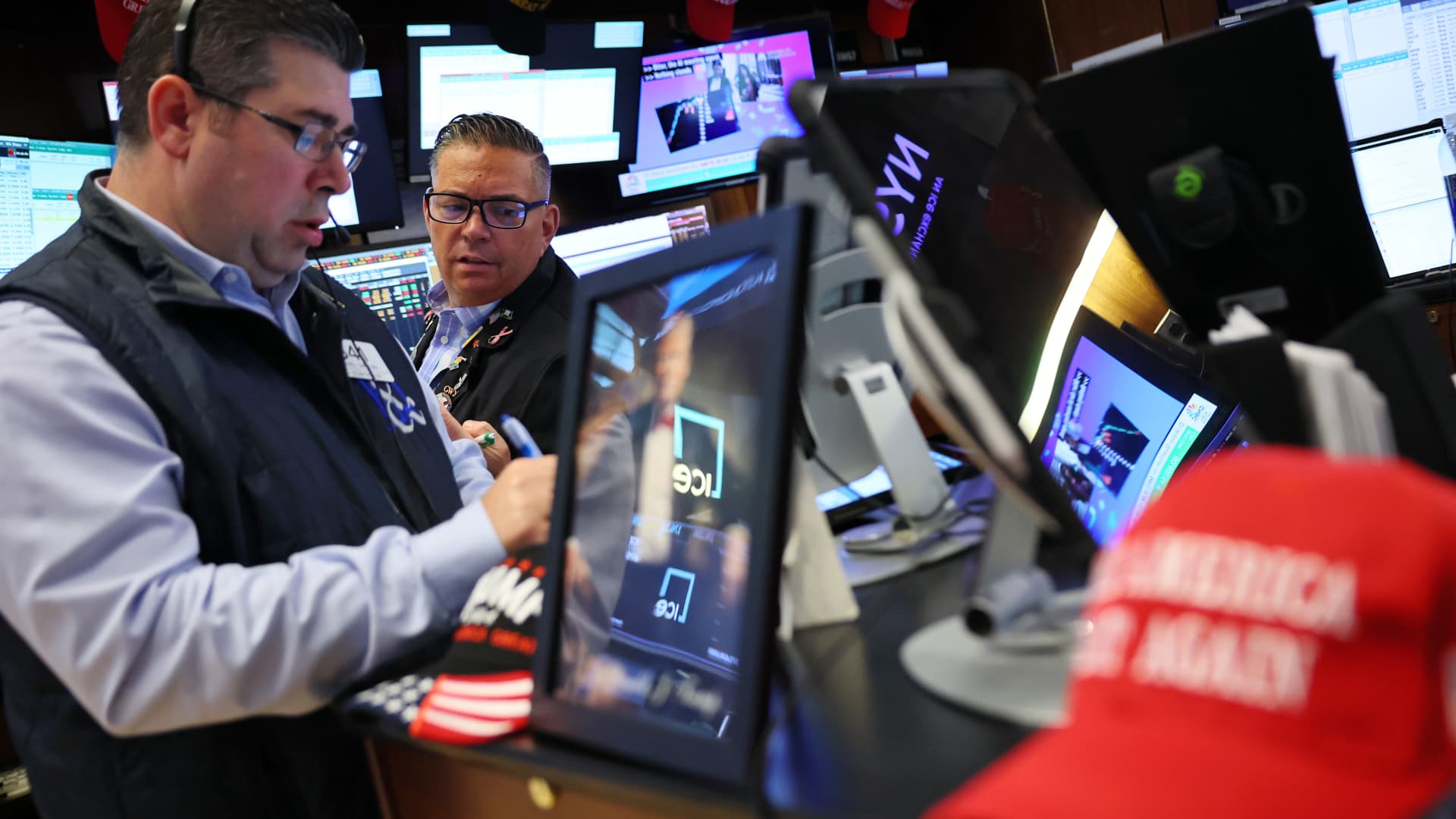Unpacking Jim Cramer’s Take on the Current Market Rotation and Starbucks’ Strategic Moves in China
The stock market is currently exhibiting some unusual behavior, described by noted market commentator Jim Cramer as a “bizarre rotation.” Alongside this, corporate actions like Starbucks’ expansion in China are adding nuanced layers to the evolving investment landscape. This analysis delves into these developments, examining their implications for investors and market observers alike.
—
The Nature of the “Bizarre” Market Rotation
Jim Cramer has spotlighted a massive, somewhat perplexing rotation occurring within market sectors. This phenomenon involves a sudden influx of capital from institutional investors into groups that have been previously stalled or neglected. Such sectors, once sidelined, are suddenly “coming alive,” signaling a shifting tide in market preferences.
What Constitutes This Rotation?
Typically, in a healthy market environment, capital flows mirror economic cycles and investor expectations. However, recent moves have been striking: sectors that had fallen out of favor are seeing renewed interest and sharp price appreciation. Cramer describes this as “massive rotation,” suggesting it could be driven by factors such as:
– Value vs. Growth Dynamics: There appears to be a swing from high-flying growth stocks back into value-oriented ones. Cramer notes a “huge move to value stocks,” implying investors seek more stable, dividend-paying companies possibly as a hedge against market excesses.
– Small Caps Resurgence: Small-cap stocks are breaking out, potentially indicating increasing risk appetite or anticipation of broader economic improvement benefiting smaller companies disproportionately.
– Sector Heterogeneity: Cramer emphasizes the existence of at least two markets simultaneously — where “stay-at-home” plays driven by pandemic-related trends coexist with cyclical sectors recovering in tandem with reopening economies.
Market Excess and Investor Sentiment
Despite the energy in rotation, Cramer warns of possible “excess” permeating market sectors due to widespread dramatic gains. This exuberance breeds apprehension that investors could be overextending, risking corrections if fundamentals don’t support valuations. Hence, while rotation may open new investment avenues, caution remains prudent.
—
Starbucks’ Strategic Expansion in China: A Microcosm of Global Market Dynamics
Parallel to market movements, Starbucks’ aggressive maneuvers in China represent a concrete corporate strategy aligned with broader themes of market opportunity and risk repositioning.
Why China?
China’s consumer market continues to attract global players for several reasons:
– Rapid Economic Growth and Urbanization: The expansion of middle-class consumers with disposable income fuels demand for premium brands and services.
– Cultural Integration and Localization: Starbucks is reportedly tailoring its approach to local tastes and preferences, enhancing appeal in a competitive landscape.
– Recovery and Reopening: Post-pandemic normalization in China unlocks growth potential that was suppressed during lockdowns.
Implications for Investors
Starbucks’ move exemplifies how multinational corporations leverage market rotations and global economic shifts:
– Increased exposure to emerging markets can diversify revenue streams and reduce overreliance on saturated Western markets.
– Positive corporate actions in growth economies often translate into bullish signals for company shares, reinforcing investor sentiment towards related sectors.
—
Earnings Season and Market Timing: Cramer’s Outlook
Cramer highlights that the current period marks one of the busiest earnings seasons, offering crucial insights that could validate or unsettle recent rotation trends.
– Earnings as a Catalyst: Robust earnings reports may justify sector reallocations and sustain momentum in formerly neglected stocks.
– Market Timing and Investor Strategy: Cramer amusingly suggests it might be “a good time to take your summer vacation,” hinting at the volatility that often accompanies such windows, underscoring the importance of timing and patience.
—
Navigating the Complex Market Landscape
From these insights, several practical themes emerge for investors:
– Recognize Multiple Market Narratives: Understanding that different sectors and investment styles may coexist out of sync is vital for portfolio construction and risk management.
– Balance Optimism with Caution: While rotation introduces opportunities, the crowding into undervalued sectors can inflate bubbles. Diversification and adherence to individual risk tolerance remain key.
– Leverage Global Trends: Corporate moves like Starbucks’ expansion highlight the value of integrating global macro perspectives with market micro-dynamics.
– Stay Informed and Adaptive: Continuous monitoring of earnings and market signals ensures that strategy aligns with evolving conditions rather than stale assumptions.
—
Conclusion: Embracing a Nuanced Investment Approach amid Market Rotation
Jim Cramer’s observation of a “bizarre” rotation signals a market in transition—oscillating between old and new favorites, value and growth, domestic and international. The renewed interest in neglected sectors, combined with Starbucks’ strategic push into China, encapsulates the dynamic interplay of investor psychology, corporate strategy, and global economic forces.
Investors who embrace this complexity with informed agility—balancing bold moves with measured discipline—are well positioned to navigate the currents of change. The present landscape urges a nuanced, multifaceted approach rather than reliance on singular narratives, fostering resilience and opportunity in equal measure.





